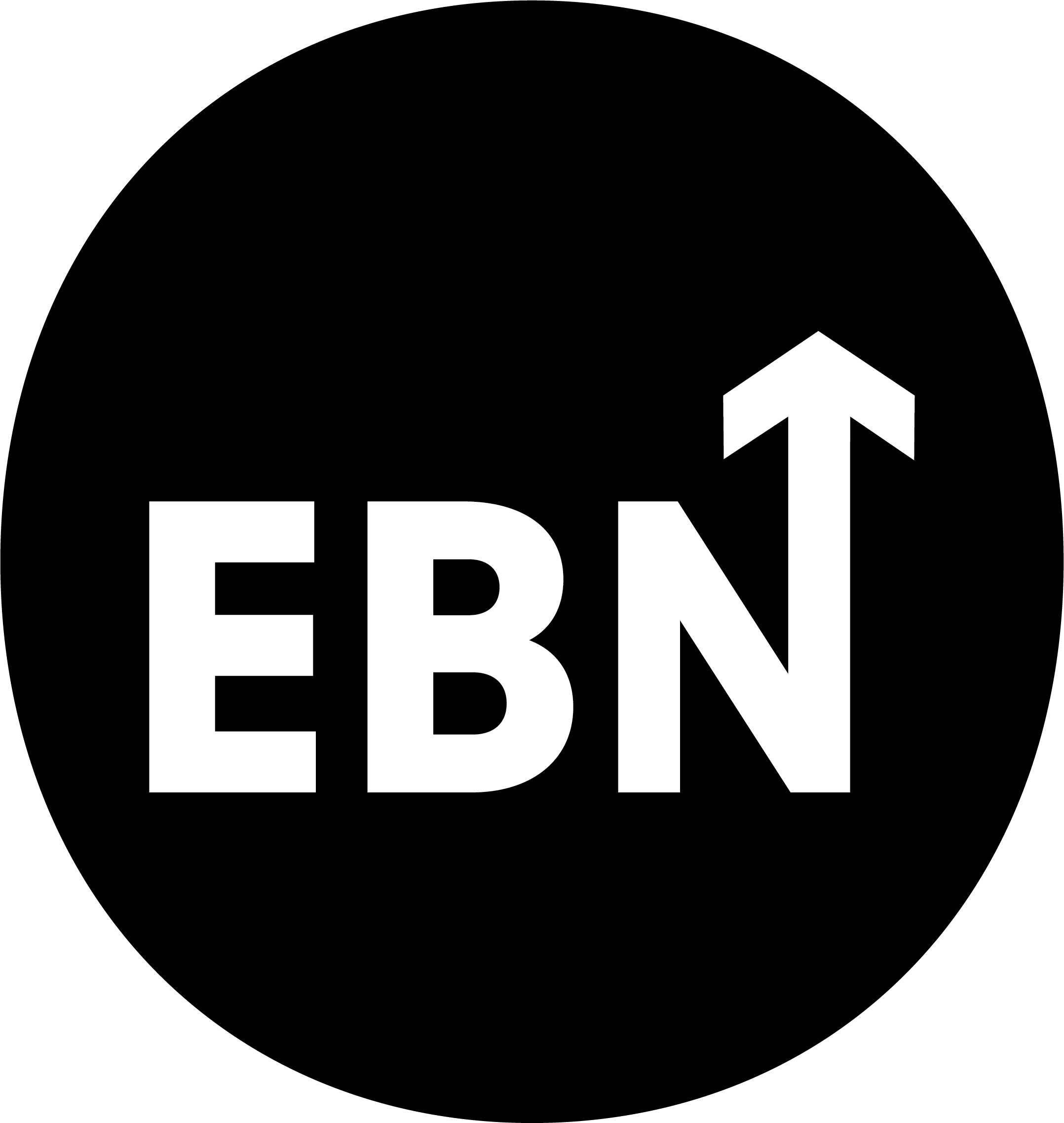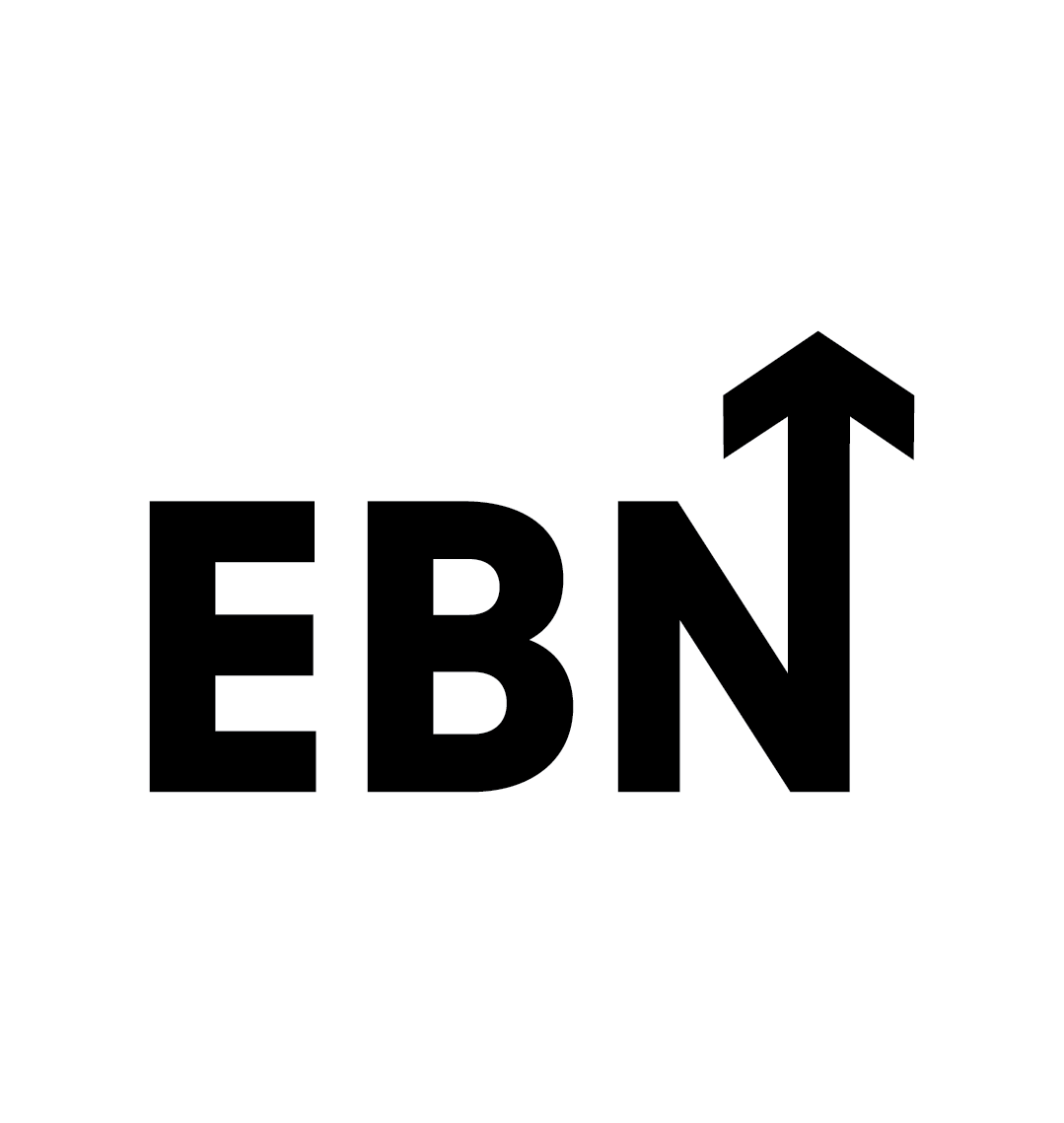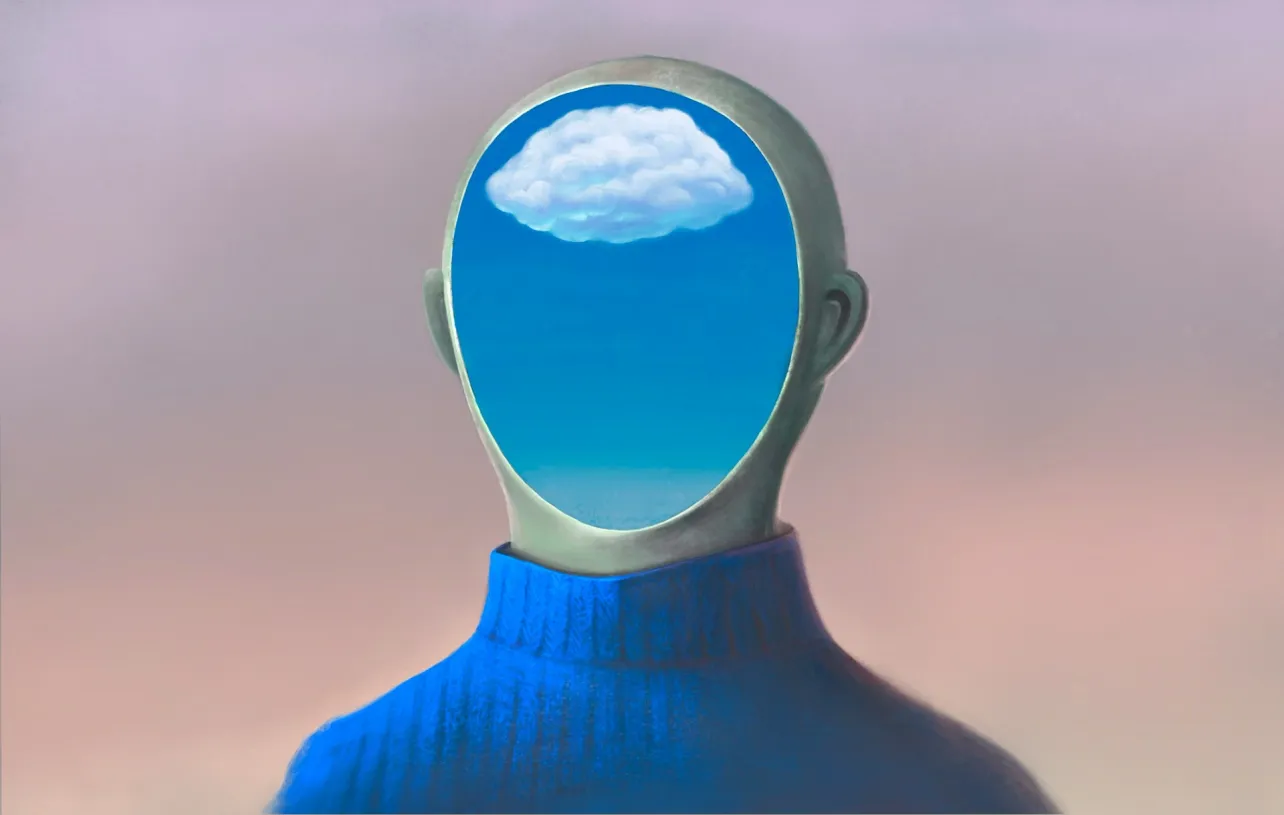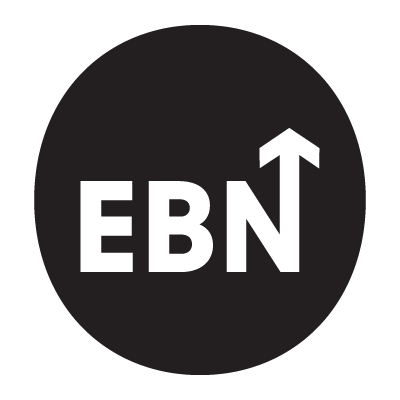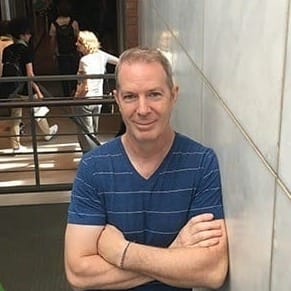The Talent Gap No One’s Talking About
You’ve optimised your ATS, refined your EVP, and automated your candidate experience. But something’s still missing - that elusive balance between creative spark and strategic rigour.
Enter the Creative Strategist: the missing link between marketing precision and talent storytelling. As employer branding matures, this hybrid thinker is fast becoming the keystone of modern TA teams.
Helping HR, talent acquisition, employer branding, and company culture professionals find careers worth smiling about.
Your Next Employer Branding Hire: Creative Strategist
TA leaders know attraction and retention require an ecosystem of disciplines to feed the talent machine: communications, training, recruitment, marketing. They need a blend of planning, strategy, analytics and creativity and need it to happen on lean budgets and timelines.
What is creative strategy and why does it matter to TA now?
“Creative strategist” is a role you may have seen more and more of. In consumer advertising, particularly in the digital space, this is a hybrid discipline translating insights and performance data to shape the creative vision. As the name suggests, it’s part strategy and part creative.
The idea that these two should live together in one person’s head as they formulate communications is not new. But today’s data-driven marketing, the rise of fast-cycle social content, and need for smaller teams to accomplish even more complex tasks have pushed transformation in how creative work happens. And a creative strategist is a central figure in this latest evolution of workflow.
Think of it this way.
Instead of three individuals contributing insights, strategy, creative in a linear progression, a creative strategist employs a combination of acumen and talent across all three.
Momentum isn’t always progress, especially when you always end up back where you started.
Fathom helps you escape the loop. With insight, not intuition.
This can benefit speed by reducing process transfers and back-and-forth communications and meetings, integrating thinking with doing which can improve coherence across work elements and retain strategic or creative approach focus, and of course, save money.
This requires the right type of person. Not every designer or strategist can or desires to work outside their specialty. But today’s budgets, timescales, media and creative technologies are actually demanding hybridization, fueling the rise of creative strategy.
What’s in the role?
For a senior Creative Strategist, a lot:
- Monitoring and exploring feedback from paid and social media analytics to quickly propose new creative messages and designs
- Understanding web analytics to look for better site and page performance, accessibility improvements, KPI achievement
- Translating candidate and talent market insights into a proposed creative framework
- Clarify the creative vision before design, copy, production begin, including brief writing
- Leading the vision into the creative team and guiding its evolution and delivery
- Presenting trend observations for targeted audiences, new media and technology opportunities, as well as design and other creative trends
- Being the voice at the executive table using both data and creative inspiration to advocate for TA marketing resources
A more junior creative strategist might focus more on the translating insights and analytics into new creative work to test, then reporting on outcomes and making further recommendations. They may spend more time as a designer or other creative contributor than in strategic or creative leadership.

There’s also the creative strategist who is more focused on insights and analytics and briefing the creative team, reviewing and reacting to ideas, and is not directly contributing to creative production.
Benefits for TA teams
The benefits to consumer vs recruitment marketing is very apples to apples in terms of the “how”. The difference is in the utilization .. the “how much”. Simply, this is a concept that favors smaller budgets and smaller teams. TA has notoriously had to do the same types of creative (albeit smaller scale) with the same elements that go into it, but with far less money and people than consumer marketing teams.
For TA, this makes the hybridization of skills and the integration of team processes into a single creative strategist role especially attractive:
- Move faster: Reduce creative turnaround by combining analysis, insight, and concepting in one role
- Work smarter: Use analytics to guide creative testing and real-time optimization
- Spend better: Make every dollar go further by focusing creative energy on what truly drives engagement
- Connect messaging: Keep employer brand storytelling consistent across channels and campaigns
- Elevate influence: Give TA a strategic voice at the executive table, backed by data and creative vision
In essence, a creative strategist helps you operate with the strategic sophistication of a marketing team, the agility and speed of a lean startup, and the creativity of an agency, all within the practical realities of talent acquisition.
Who is great at creative strategy?
If you like the idea of having a creative strategist on your team, your specific job description will depend on a few things. How large is your team? How is it structured? What types of projects do you do? Will this person need to be self-directed or be more closely managed? The remit and compensation can vary greatly for this role depending on the responsibilities.
- Communications-savvy: They can write, present, and influence with clarity and confidence
- Instinctively creative: Idea-driven, conceptually fluent, and quick to visualize opportunity
- Curious and analytical: They dig for truths others overlook and connect the dots between data and emotion
- Digitally fluent: Comfortable with UX, content ecosystems, and emerging media
- Hybrid by nature: Whether from strategy, copy, art, or planning backgrounds, they thrive in cross-disciplinary spaces
Employer branding has matured into a discipline that demands both logic and imagination. A creative strategist sits right at this intersection: where data inspires ideas, and ideas drive results. As TA leaders continue to build employer brands in a more competitive, content-driven world, the creative strategist may well become one of the most valuable hires on your team.
The Final Take
If employer branding were an orchestra, the creative strategist wouldn’t just play an instrument, they’d conduct. They translate analytics into art, and insights into impact.
As TA leaders face tighter budgets and faster cycles, the creative strategist could be the quiet revolution your brand needs. Someone who brings logic to creativity, empathy to data, and momentum to strategy.
Maybe it’s time to make your next hire the one who helps all the others shine.
Takeaways
What is a creative strategist?
A hybrid role blending insight, analytics, and creativity to shape employer brand communications and campaigns.
Why is this role relevant to TA now?
TA teams face tighter budgets and smaller teams; this hybrid role helps them move faster and smarter without sacrificing quality.
What skills define a creative strategist?
Analytical thinking, creative vision, digital fluency, storytelling, and the ability to translate data into compelling narratives.
How does this role improve efficiency?
It merges multiple functions; research, strategy, and creative, reducing handovers and accelerating output.
What impact can they have on employer branding?
They ensure brand consistency, emotional resonance, and data-backed creative work that strengthens engagement.
What should leaders look for when hiring one?
A multidisciplinary thinker with both analytical and artistic instincts, fluent in digital and human behaviour.
How does this role future-proof TA?
By aligning creativity with performance insights, creative strategists help TA teams evolve with the pace of modern marketing.
Originall published by Mark on Linkedin and republished here with permission.

